The pervasive nature of capitalism is such that it pounces on every and any opportunity to monetize content, and “pinkwashing” is a great example of this. Pinkwashing, sometimes also referred to as rainbow washing or pink capitalism, is a term that describes the commercialization of the LGBTQ+ movement and culture, especially surrounding Pride Month.
Ranging from tasteless to blatantly harmful, pinkwashed products exploit a marginalized community’s struggle in order to make a profit. This is further complicated when it comes to organizations that go out of their way to support laws, politicians, and groups that harm queer people. For example, the telecom company AT&T covers their social media in rainbows and empty corporate slogans for Pride month while simultaneously making at least 327 donations for a total of $204,350 to anti-LGBTQ legislators since 2016 according to Corporate Accountability Action. AT&T is one of many examples of businesses showing superficial “support” for the queer community when it benefits them while going out of their way to harm it.
Another good example of the hollowness of pinkwashing is Walmart. They sell Pride merchandise and make a big deal of “Walmart PRIDE, Walmart Proud,” yet in 2015 they were sued for discriminating against queer employees by denying health insurance benefits to those with same-sex spouses. Walmart is another good reminder that these corporations do not care about the wellbeing of the people they exploit for profit.
The problem with pinkwashing is less that the products merely exist and more so that it’s a superficial gesture that is often not backed with tangible support for the community. Unfortunately, big corporations almost never put their time and money where their mouth is because everything they do is in the interest of supporting their bottom line. The queer community isn’t the only victim of this marketing ploy either because corporations will jump on any opportunity to improve their image and churn out more products.
There is an argument to be made in favor of pinkwashing which is that even if it’s exploitative, it provides wider visibility and representation and therefore has the potential to fuel more tolerance of LGBTQ+ people in society as a whole. This, however, is simply not worth the hefty price tag of exploiting a community and its activism. Furthermore, oftentimes the merchandise in question is made to appeal to the niches within the queer community with significant purchasing power, meaning that the most marginalized people are still not being represented at all, harmfully or otherwise. The price of poor representation is far too steep to be worth the trade-off.
This isn’t to say that you can never buy any Pride or queer related products but, if you’re able, try to patronize small, queer-owned businesses instead of large corporations. Here are some suggestions to get you started:
TomboyX (clothing + underwear)
Wildfang (clothing)
Feminist Apparel (clothing, stickers, mugs, bags)
The Third Arrow (pins, stickers, cards)
Fluide (makeup)
PrideFlagSD (pride flags hand-sewn by queer people)
QueerestGear (hats, patches, stickers, shirts)
Autostraddle Shop (clothing, art prints, stickers, pins)
A Tribe Called Queer (clothing, candles, bags)
Heckin’ Unicorn (earrings, pins, socks, notebooks)
Finally, keep in mind that while it’s great to want to display your pride with a piece of fun merch, especially if you’re supporting a small business, you absolutely do not have to buy anything to be part of the LGBTQ+ community or to participate in any queer events and celebrations.








































